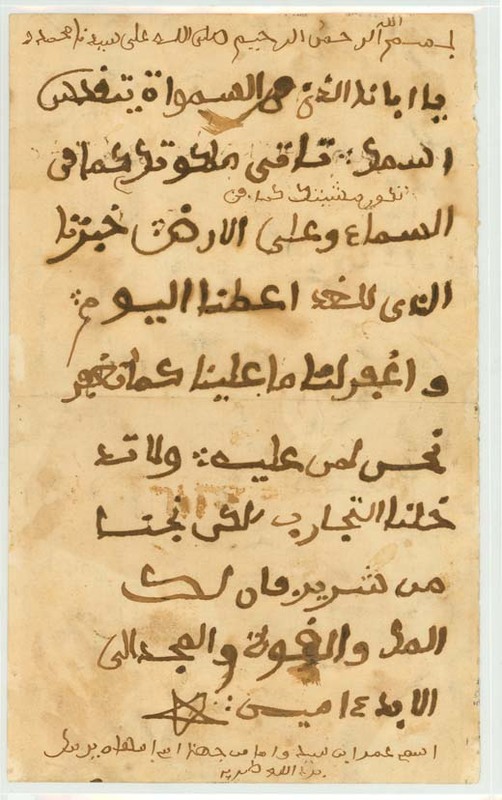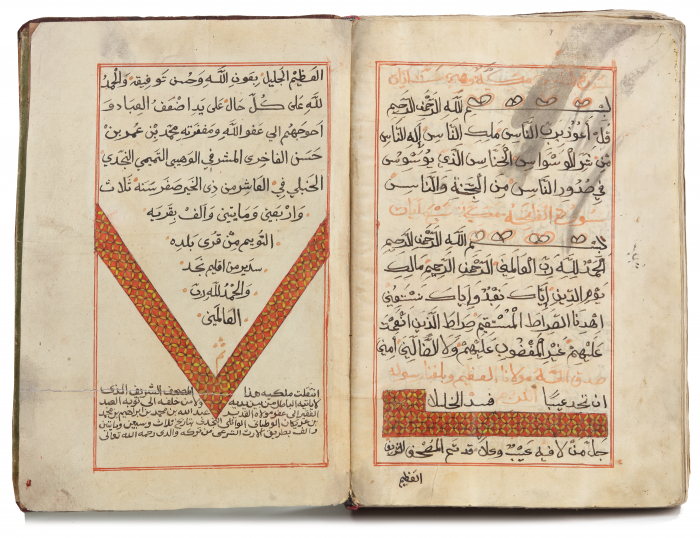
"And when you think about what's not stated - that's what's powerful about it. "The opera tells the story of his journey - but also his spiritual journey as he was confronted with the challenges of being enslaved and the challenge of being asked to give up his spiritual identity as well as his freedom," he says. Said's autobiography was the inspiration for the opera, explains Michael Abels. It opens our eyes to the fact that their cultures were obviously, within a few generations, lost."Ĭourtesy of Spoleto Festival USA The cast of Omar performs a scene about the Middle Passage at the opera's premiere at Spoleto Festival USA on May 27 in Charleston, S.C. "Our understanding of American slavery has been American-based, and ignores the background that these enslaved persons brought with them from Africa, whether they were Muslim or not, whether they spoke Arabic or other languages. "It demonstrates a cultural background and literacy that a slave brought with him to the United States and did not really acquire here," Alryyes says. He says Said's work shows up the lie that enslaved Africans were ignorant, illiterate, and in need of conversion. He also translated the real Omar Ibn Said's autobiography from Arabic into English - and was brought in as an advisor on the opera project. They were more interested in having him perform and having him convert to Christianity to make them feel better."Īla Alryyes is a professor of English at Queens College, the City University of New York. "On the one hand, while they had respect for his abilities," Abels notes, "They certainly had no intention of ending his enslavement as a result of that. Best known for his scores to the films Get Out and Us, Abels provided Omar its lush orchestrations. And he wrote his autobiography at his owner's behest, says Michael Abels, who co-composed the opera with Giddens. His literacy in Arabic and his religious piety became objects of fascination to his second owner, a plantation owner named Jim Owen whose brother John became the governor of North Carolina.ĭuring his time enslaved in Fayetteville, Said appears to have converted to Christianity. While jailed there, he began writing on the walls in Arabic, the language of the Qur'an. Said escaped his first slaveholder, but was captured again in North Carolina. He then endured the Middle Passage over what he called "the big sea." At age 37, he was captured during a war and sold into slavery. Said was a well-educated Fulani, one of the largest groups of people scattered throughout the Sahel and West Africa, and had studied the Qur'an intensely.


More than that, she says, "I guess I look for overlooked stories to tell." And I've never heard this story, having lived the majority of my life in North Carolina." Trained in college as an opera singer, Giddens is best known as an American roots musician, a singer and songwriter who wields a mean banjo and makes her viola croon. "It was shocking," Giddens says of learning of Said's autobiography, "Somebody or an event that's from my home state that's massive, such a huge story. Said then spent five decades on a plantation in Fayetteville, N.C., where he wrote his life's story. The real man on whom this opera is based, Omar Ibn Said, was a Muslim man who became a slave in Charleston, like about 40 percent of other Africans who were forced into North America.

But history hangs particularly heavy and close in Charleston, S.C., where the opera had its debut in late May.

The opera Omar is a broadly American story. She's referring to the kufi that many Muslim men and those from the African diaspora wear. When Julie first met the newly enslaved man, she later tells him, he reminded her strongly of someone else: "My daddy wore a cap like yours," she sings. Julie, an enslaved Black woman, is a fictional character that Rhiannon Giddens created for this opera. The opera premiered at the Spoleto Festival USA, less than a mile down the road from where the man was sold and after which he spent five decades on plantations, including the one at which he wrote his autobiography - the only known, surviving slave narrative written in Arabic. A new opera tells the true story of an enslaved man taken from his home in what is now Senegal and trafficked to South Carolina.


 0 kommentar(er)
0 kommentar(er)
